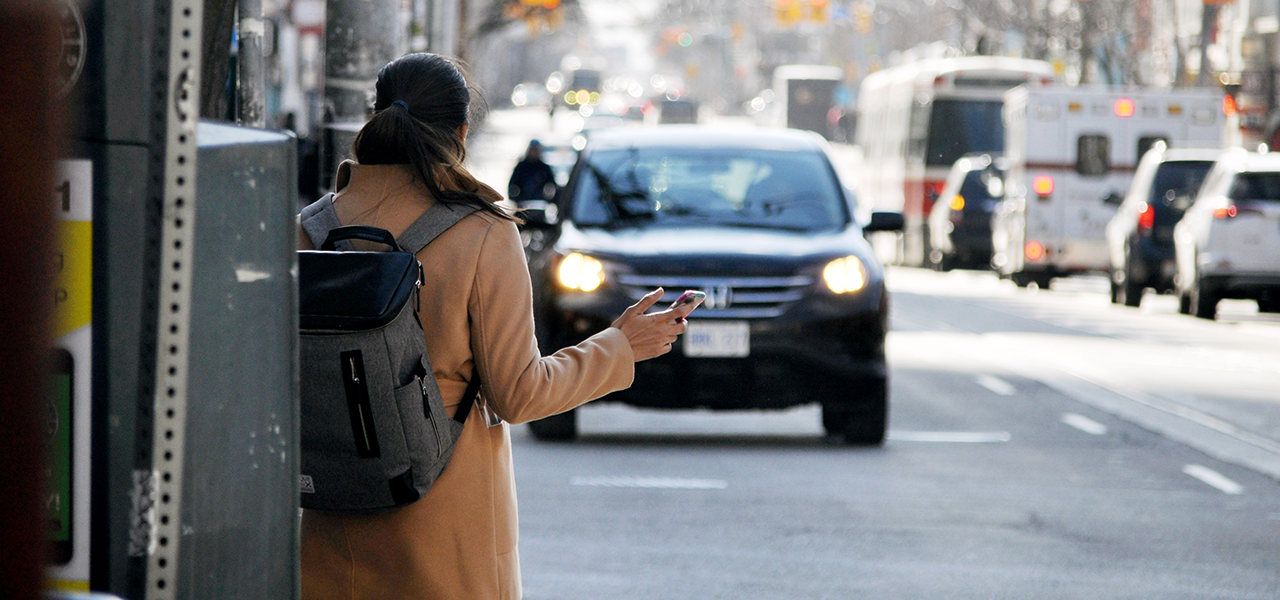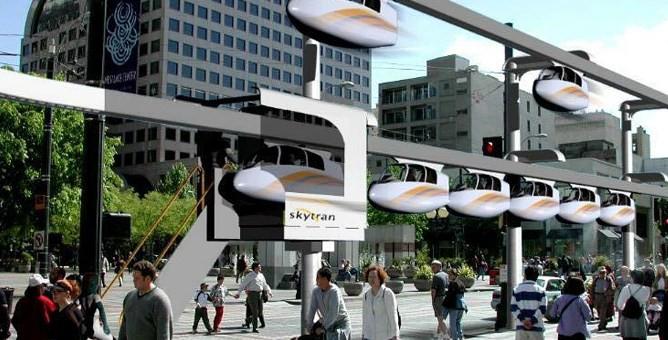
“Since day one [in 2009], Uber’s mission has been to improve city life by connecting people with safe, reliable, hassle-free rides through the use of technology.” So went the introduction to Uber’s announcement in early 2015, when launching a new partnership with local authorities in Boston. The transport giant proclaimed that in these “smart cities”, the future will see us call into question the age-old paradigm of private car ownership, and even possibly cars will no longer dominate our city centers.
However, research carried out in seven large urban areas (Boston, Chicago, Los Angeles, New York, San Francisco Bay Area, Seattle and Washington D.C) by the Institute of Transportation Studies at the University of California, Davis, showed that as ride-hailing services such as Uber and Lyft develop, there is no corresponding decline in car use. One of the authors behind the report even concluded that these apps “are more likely to add to traffic in major cities today”, rather than reducing it.
Indeed, 61% of ride-hailing trips substitute journeys that would have been made by public transport, on foot or by bike, and only 20% of ride-hailing trips replace the use of a personal vehicle. Furthermore, ride-hailing has contributed to luring Americans away from using public transport in those cities covered by the research, reducing bus ridership by 3%, and by 6% for trams. Only transport by train has seen an increase in use: rather than using their own car for a long journey, users combine train and ride-hailing services. However, public transport isn’t the main victim of ride-sharing’s success, as car-pooling services have also seen a decline in use.
At a time when digital innovation is transforming the way we get about on a day-to-day basis, data coming from these new mobility services is becoming essential for how we rethink sustainable urban development, based on real user experience. After many regulatory battles, are we heading towards a “new era” of complex relationship between platforms and urban decision-makers?
